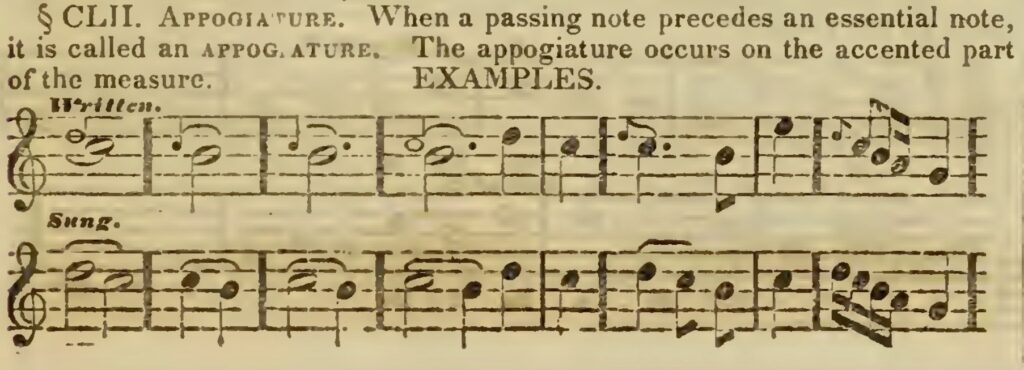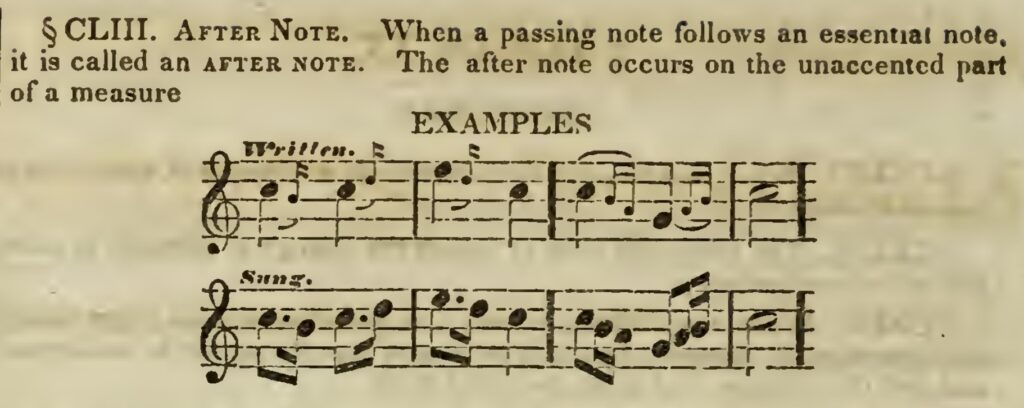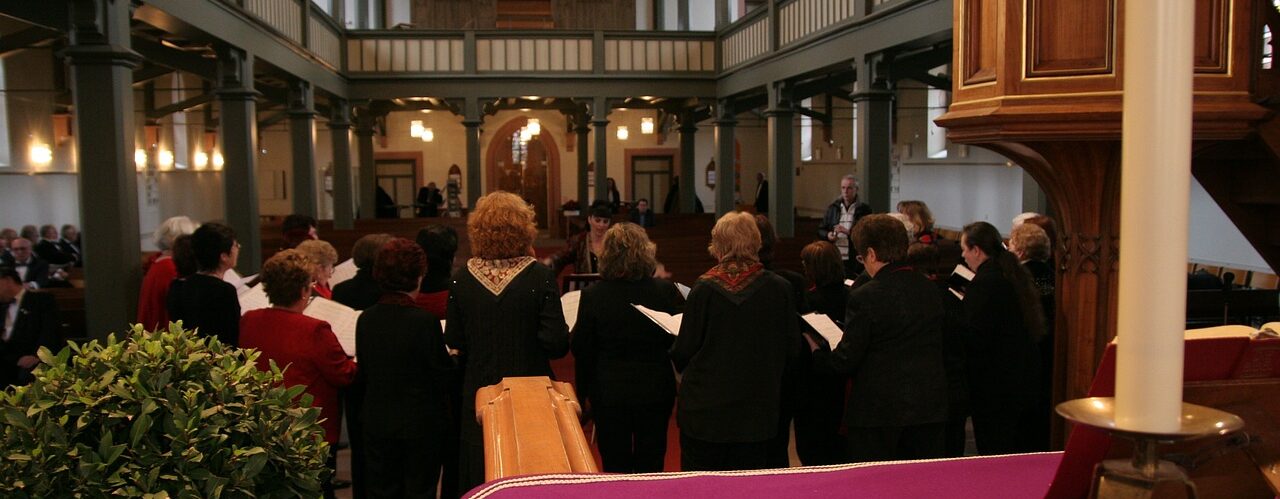All interested vocal ensembles are invited to contribute recordings of works found in this anthology. These tunes want to speak as clearly and forcefully as they can—polished recordings are nice. But the purpose of this showcase is to display as robustly as possible these tunes’ reclamation by those who sing. All are welcome. (See “Suggestions for Performance” below.)
Recordings can be submitted through the Submission Form found at this link or at the bottom of this screen.
We’re here to help! Drop a note to ACH@umn.edu for suggestions about tunes to sing, reflections on performance practice, or scores tailored to your needs (in alternative keys, say, or with extra poetic stanzas).
Suggestions for Performance (click here for reflections on recording in the COVID Era)
Texts
In putting these tunes to actual use—in worship, say—singers should feel free to match them with different metrically appropriate texts, as was done freely in the 19th century. That’s what the metrical indications below each tune name are for (Weber’s LOVE DIVINE goes splendidly with “They cast their nets in Galilee,” for instance). But for purposes of this showcase, the preference is for the text/tune pairings found in this anthology. One verse is enough, but you’re free to sing any number of additional verses (search for almost any of these texts online and you’ll find plenty more verses; Hymnary.org is a good place to start).
Keys
Recordings can be in any key. Most scores in the anthology are provided in two, but drop an email to ACH@umn.edu if you’d like us to work up a score in a different key of your choosing.
Musical Forces
For purposes of this showcase, the strong preference is for full vocal performances. There may be one voice on a part or a hundred, but all vocal parts—not just the soprano—should be sung (the 1816 HYMN 342 is the only exception).
A cappella performances are fine, as are performances accompanied by organ, piano, or an ensemble of your choice. But one note: In many tunes, material in smaller notes crops up that’s not intended to be sung, but played by an accompanist (e.g., the 1822 SALSBURY). An a cappella ensemble can usually simply disregard such material without much loss, and should. But a few tunes depend so heavily on it that they probably shouldn’t be attempted without accompaniment. An a cappella rendition of the 1839 PERGA, for instance, would have two measures of silence in the middle.
Tempos
Judging from contemporary accounts, and metronome markings in a few tune books, hymns were regularly sung more slowly in the early 19th century than is now customary. Singing PRENTISS at 52bpm, as indicated, provides a sense of this.
Historical authenticity in this regard is not encouraged. Take note of tempo markings where they occur, but then go forth and find the tempo that seems most convincing to you.
Dynamics
Where dynamic markings appear in this repertoire, they are at times used in idiosyncratic, inscrutable ways (the 1850 LEIPSIC has four diminuendos in a row). If the straightest path to an effective performance is disregarding them altogether, take that path without regret.
“Passing Notes”
In the instructional material at the beginning of Lowell Mason’s 1841 Carmina Sacra (p. 28), we read this: “Ornamental or grace notes are often introduced into a melody that do not essentially belong to it; they are commonly written in smaller characters, and are called passing notes.” How these are to be performed is shown, in Carmina Sacra, through two sets of examples so helpful that they are best left to speak for themselves.


Submit Your Recording(s)
When you have a recording, or more than one, ready to go, use this form for the submission. You’ll be asked for a description of the ensemble, a photograph (not required, but desirable), and some other basic information.

